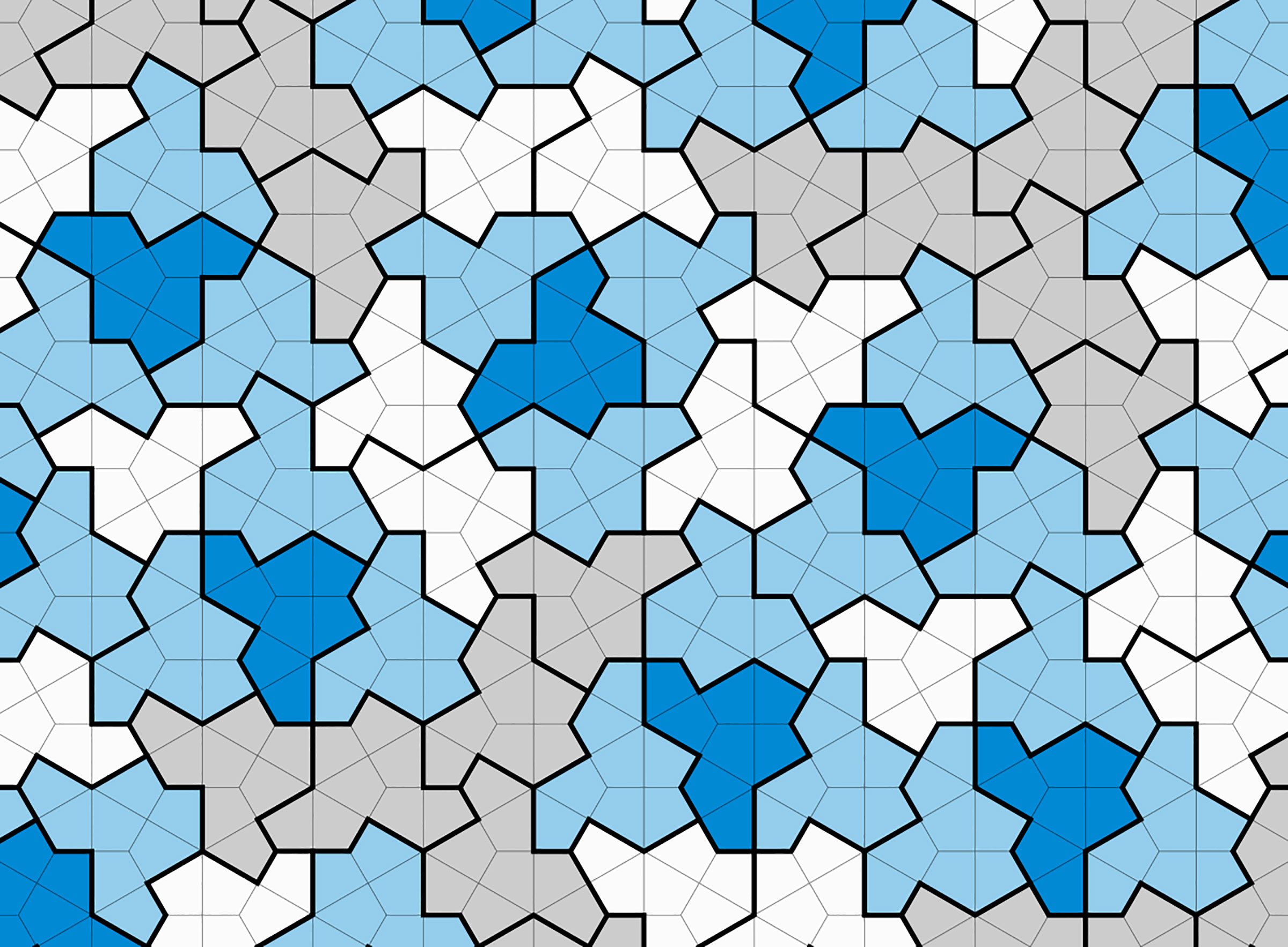These are independent reviews of the products mentioned, but TIME receives a commission when purchases are made through affiliate links at no additional cost to the purchaser.
Unless you’re renovating a bathroom, you may not think a lot about tiles. But mathematicians do. One of their long-standing quests has been to design a tile shape that can cover a plane of infinite size without repeating the pattern with which the tiles fit together. Formally an aperiodic monotile, it’s also called an einstein—from the German for “one” and “stone.” Last November, David Smith, a retired printing technician in Yorkshire, England, hit einsteinian pay dirt by creating this 13-sided shape. Did the world need an aperiodic monotile? No. Are we a little smarter now that one exists? Absolutely.
More Must-Reads From TIME
- The 100 Most Influential People of 2024
- Coco Gauff Is Playing for Herself Now
- Scenes From Pro-Palestinian Encampments Across U.S. Universities
- 6 Compliments That Land Every Time
- If You're Dating Right Now, You're Brave: Column
- The AI That Could Heal a Divided Internet
- Fallout Is a Brilliant Model for the Future of Video Game Adaptations
- Want Weekly Recs on What to Watch, Read, and More? Sign Up for Worth Your Time
